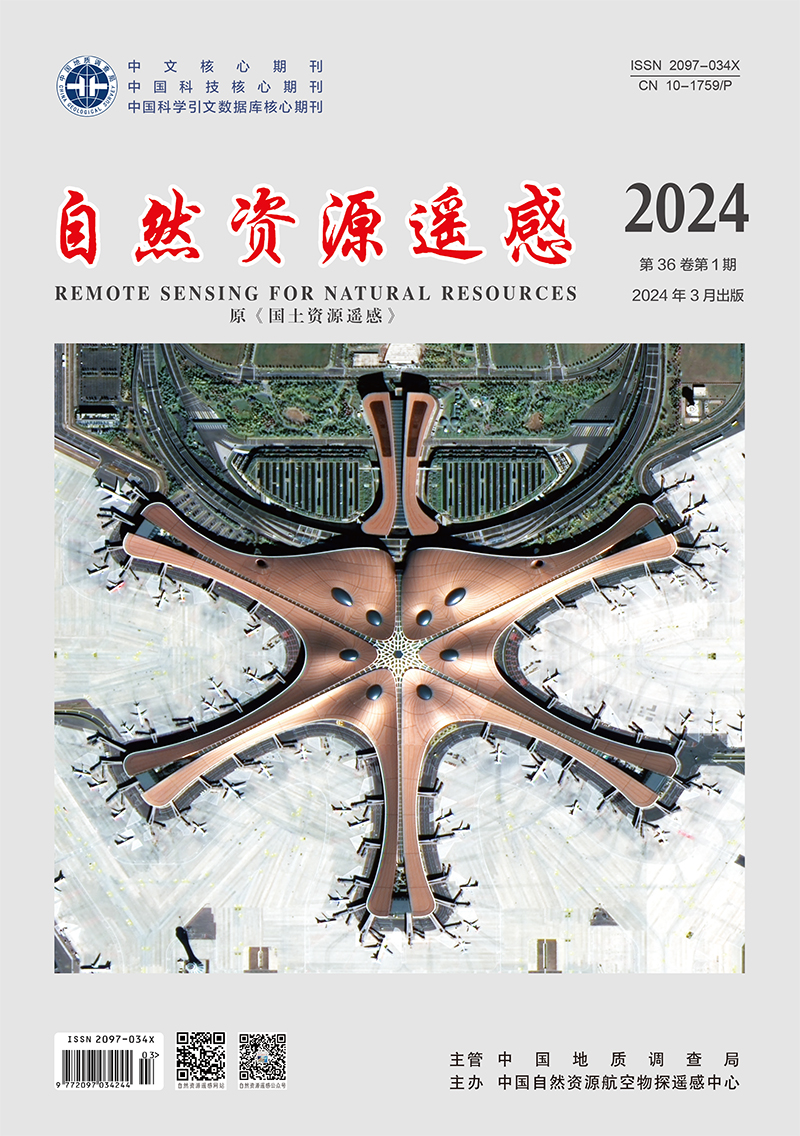LI Mengqi, LI Gongquan, XIE Zhihui. 2024. Post-flood recovery assessment based on multi-source remote sensing data:A case study of the “7·20” rainstorm in Henan. Remote Sensing for Natural Resources, 36(1): 250-266. doi: 10.6046/zrzyyg.2022389
| Citation: |
LI Mengqi, LI Gongquan, XIE Zhihui. 2024. Post-flood recovery assessment based on multi-source remote sensing data:A case study of the “7·20” rainstorm in Henan. Remote Sensing for Natural Resources, 36(1): 250-266. doi: 10.6046/zrzyyg.2022389
|
Post-flood recovery assessment based on multi-source remote sensing data:A case study of the “7·20” rainstorm in Henan
More Information
-
Corresponding author:
LI Gongquan
-
Abstract
Quantitative post-flood recovery assessment based on vegetation and lighting indices is critical for assessing economic reconstruction and ecological restoration in afflicted areas. This study investigated the “7.20” rainstorm disaster area in Henan. Based on the daily and monthly NPP-VIIRS data, Sentinel-NDVI and MODIS-EVI data, and statistical yearbook data, this study characterized the spatial intricacies within urban areas by constructing a normalized difference urban index (NDUI). Then, it simulated the population and GDP distributions by employing a regression model. Finally, this study assessed the post-flood recovery from two distinct aspects: nighttime light data and vegetation cover data. The results are as follows: ① High- and medium-risk zones covered an area of 1 429.04 km2, accounting for 6.06% of the total study area. High-risk zones were primarily distributed in western Zhengzhou, eastern Xinxiang, eastern Anyang, and northern Hebi, with Zhengzhou suffering the most severe impact; ② In terms of the vegetation cover recovery rate (VCRR), low overall vegetation recovery was observed in Weihui and Linzhou cities and Qixian and Huaxian counties, with VCRRs mostly below 0. This indicates a deteriorating vegetation cover trend; ③ The fitting between NDUI and socio-economic statistical data yielded accuracy exceeding 0.8, suggesting that the NDUI can be applied to precise location-based rescue and targeted post-disaster reconstruction in the aftermath of floods. Additionally, the assessment results based on NPP-VIIRS and MODIS-EVI data were highly complementary, implying that the flood research based on the integration of the two types of data enjoys high application value for post-disaster rescue and recovery assessment.
-

-
-
Access History







 DownLoad:
DownLoad: